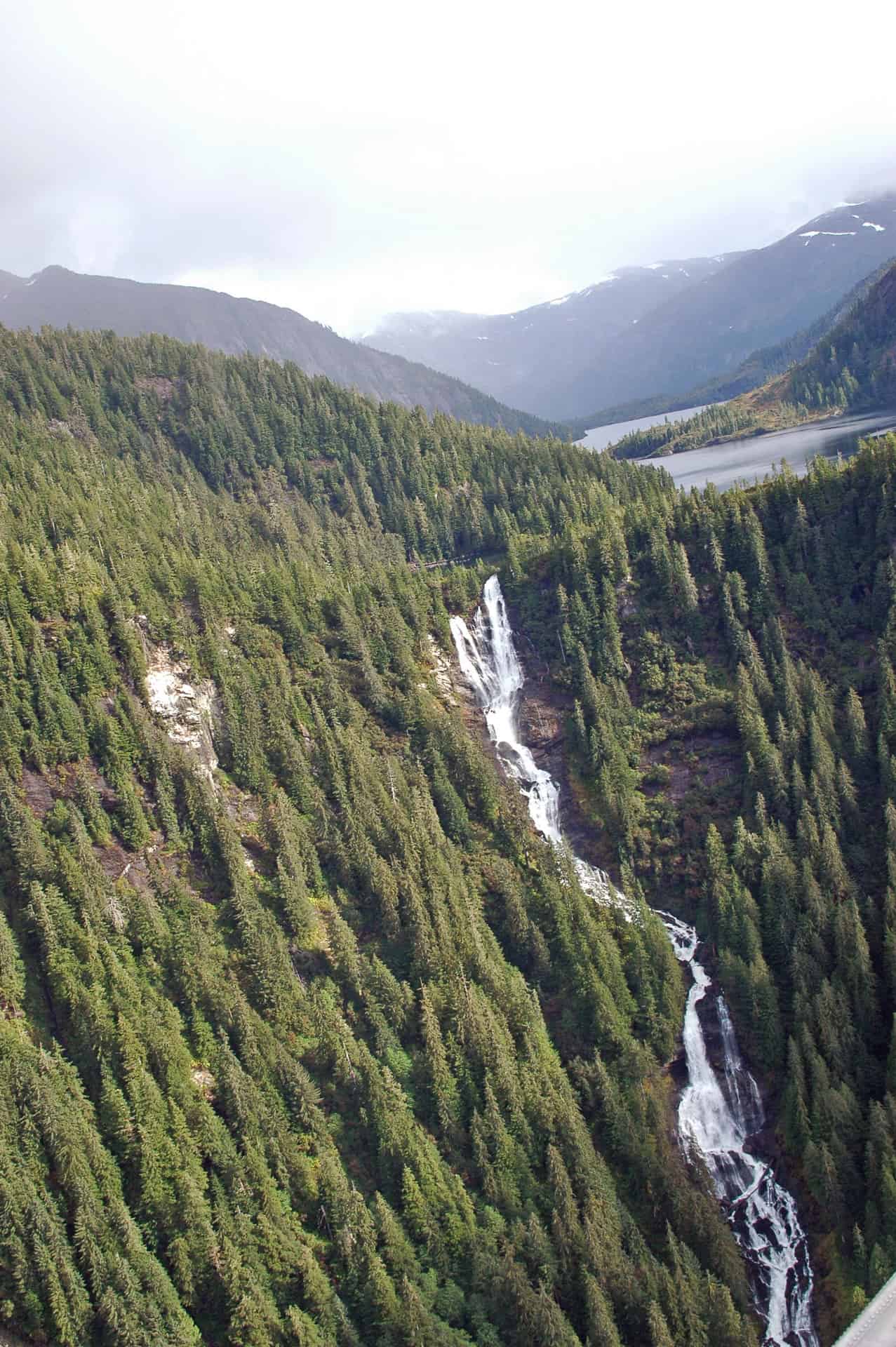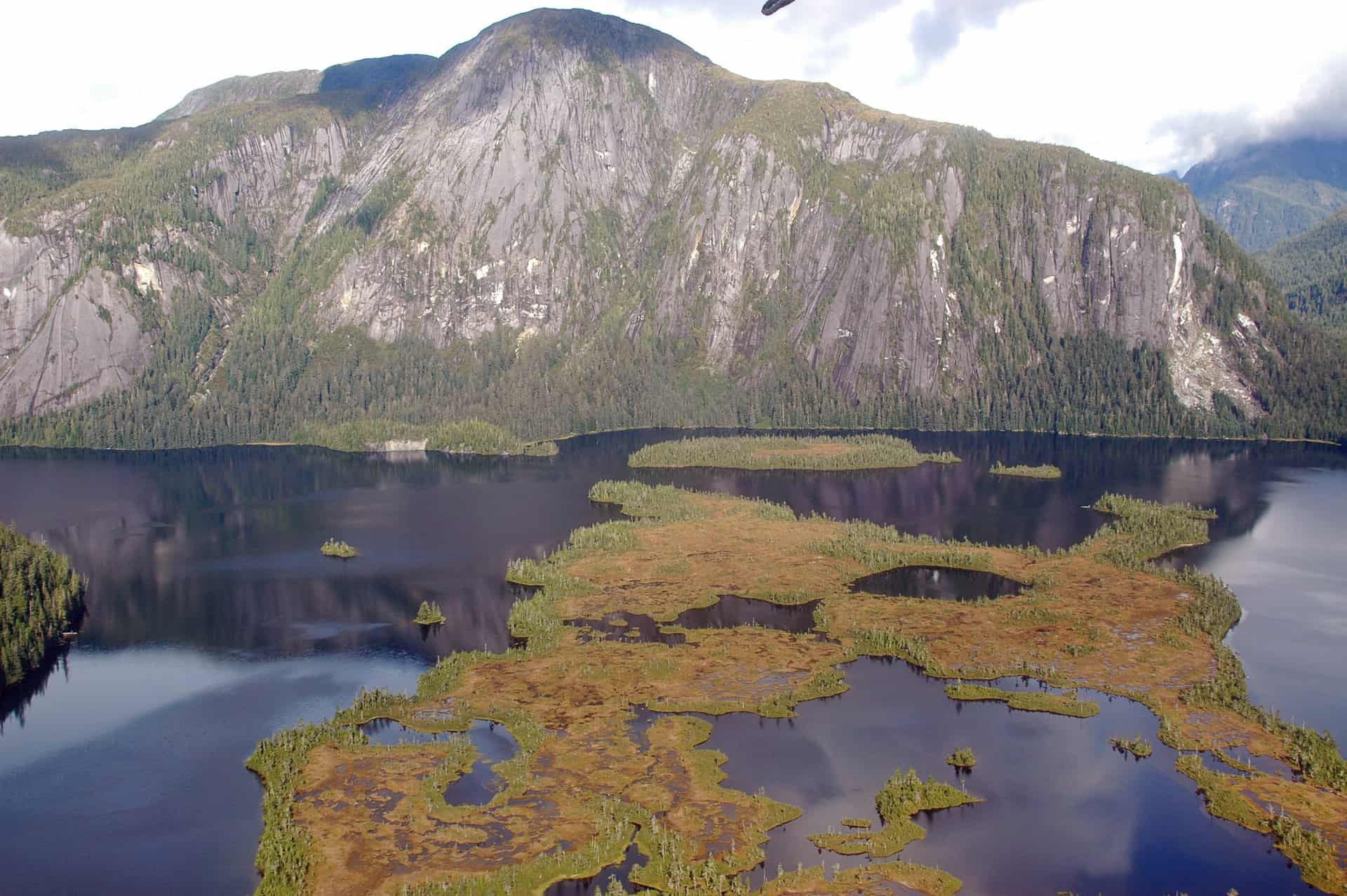It seems almost criminal to post these links after Travis’s photos below. Sigh. But here goes. Despite my exhortations to have a consistent approach..
as regular readers know, I am a fan of logic, and not so much concessionaire management. But here goes:
Here’s a link to a story titled:US Forest Service Reverses Itself and Suddenly Closes Hundreds of Private Concession-Run Campgrounds
We were certainly taken by surprise by this closure order,” said Warren Meyer, CEO of Recreation Resource Management. “In all past government shutdowns, such as those in the mid-1990’s, concession recreation operations have always remained open. This only makes sense, since our operations don’t use any government funds or employees. While we do partner with the US Forest Service on certain activities, none of these are critical to day-to-day operations. We are convinced this closure is an unjustified and unnecessarily punitive action that hurts the recreating public while doing nothing to reduce government spending.”
At this time, the closure orders appear to be aimed only at smaller, private operators. At least three Arizona State Parks that operate on USFS lands under very similar agreements apparently have not been asked to close. The closure order also appears to exempt large corporations that operate ski resorts on USFS land.
Here’s the ski area scoop:
DENVER – A group representing the nation’s ski industry said Monday it expects no major impact on this year’s ski season because of federal furloughs, even though about a third of the more than 350 resorts are located on federal land regulated by the U.S. Forest Service.
Michael Berry, spokesman for the National Ski Areas Association, said most expansion projects and construction that require federal approval have been completed as opening days approach in the $6 billion a year industry. Delays could occur as a result of other projects in the pipeline, he said.
Berry said he talked with Forest Service chief Tom Tidwell to clarify how the shutdown would affect the 121 ski areas operating on federal land and was assured resort leases are not immediately affected.
“The fact of the matter is, this will have no impact on ski area operations. Having said that, there are certain things in progress, and Forest Service furloughs may slow things like that down,” he said.
The federal government regulates expansion projects, environmental reviews and lease agreements that are subject to public review.
The ski association sent a memo last week to all ski areas operating with a special use permit on public lands administered by the Forest Service, advising them about the federal agency’s decision.
“Ski areas may continue to operate, as the improvements are not government-owned. Privately owned improvements are not to be affected by the shutdown,” the memo said.
The ski areas were advised that the U.S. Forest Service will work with areas that are under construction on a case-by-case basis if an agency inspection or other action is needed.
And finally, shutting down timber folks. Here
The agency plans to notify 450 timber purchasers across the country early next week that timber sales and stewardship contracts will be suspended, Forest Service spokesman Leo Kay said in an email.
“We regret the continued impact on the American public; however we must cease activities that require Forest Service oversight and management during the funding lapse,’ he said.
Now my logic is that 1) if special use permits, large and small, are monitored by people and 2) people aren’t there, is that the same or not, or why, as contracts that won’t be monitored? What about elk season and outfitter-guides who won’t be monitored?
Public affairs FS or USDA folks, please provide a consistent,logical approach. Otherwise it looks like you are a) random, b) don’t understand what the FS actually does (and that would be more likely USDA’s error), or c) are picking on people politically. So many people in this day and age will jump to “c”. You can circumvent that downward spiral of partisanization just explaining why you’re closing some and not others.



